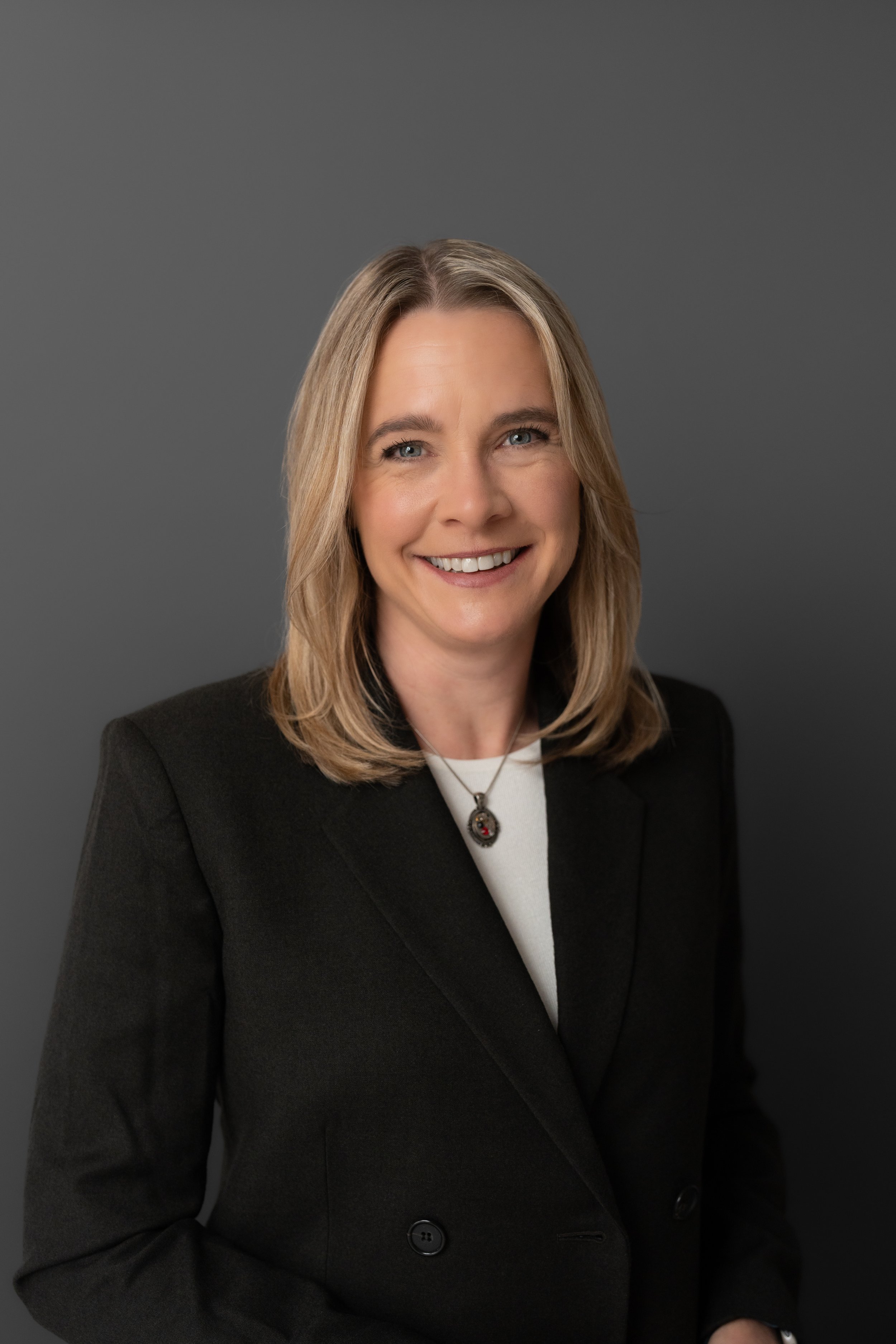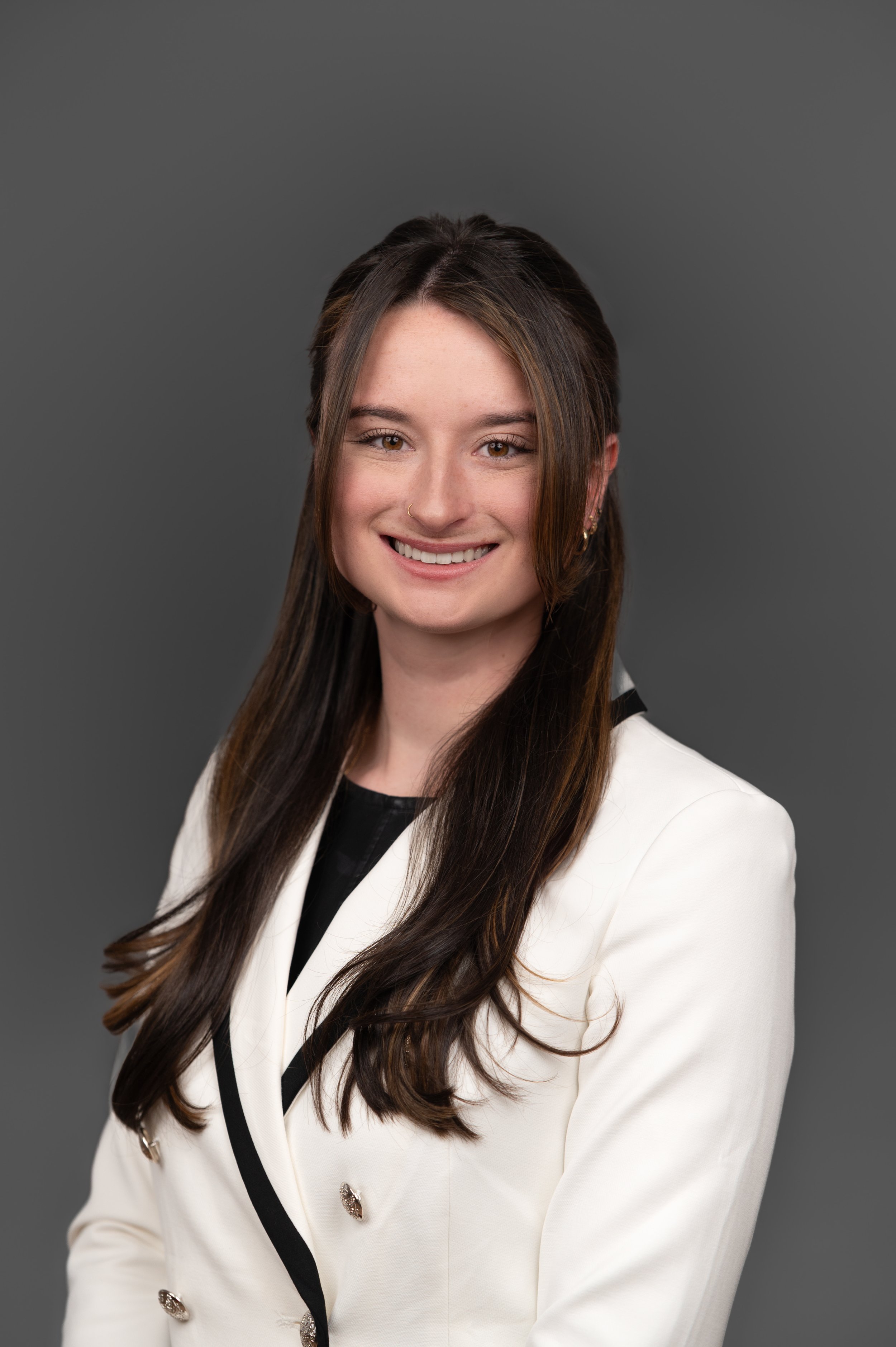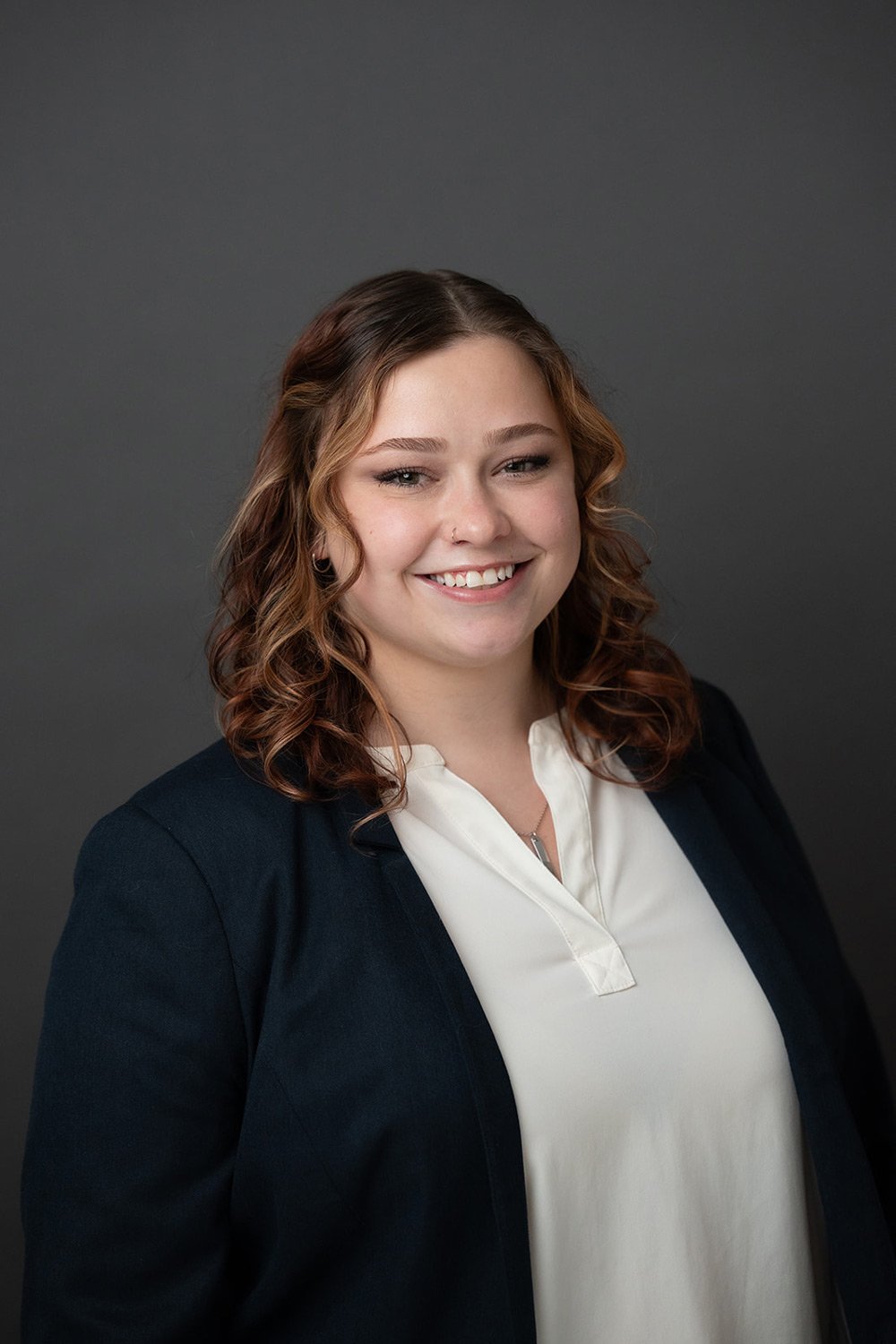meet our
dedicated team.
At Insight, we are a team of dedicated scientists committed to learning and driven by a steadfast curiosity. Our interdisciplinary approach leverages years of collective experience and expertise to tackle complex challenges related to human health risk assessment. We are passionate problem solvers who believe in the power of collaboration and data-driven science. With a relentless commitment to knowledge and research, we are a dynamic and energetic team dedicated to delivering solutions to our clients.
Sarah Brown, MS
Senior Risk Assessment Scientist
Weston DeBose, MPH, CIH
Senior Risk Assessment Scientist
Hannah Mazzotta, MPH
Associate Risk Assessment Scientist
Katie Steimel, MS
Associate Risk Assessment Scientist
Stephanie Tack, MPH
Assistant Risk Assessment Scientist
Angie Shen, MPH
Assistant Risk Assessment Scientist
Ashmitha Seshadri
Assistant Risk Assessment Scientist
Katrina Stadler, MS
Assistant Risk Assessment Scientist
Kelsey Soule
Assistant Risk Assessment Scientist
Therese Kondash
Assistant Risk Assessment Scientist
Maya Ghosh, MHS
Assistant Risk Assessment Scientist
Laurie Armijo, aPHR
Business and Office Manager
Kendall Carroll, MS, PMP
Project Coordinator
Kate Butkins
Accounting and Operations Coordinator




































